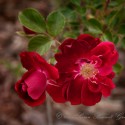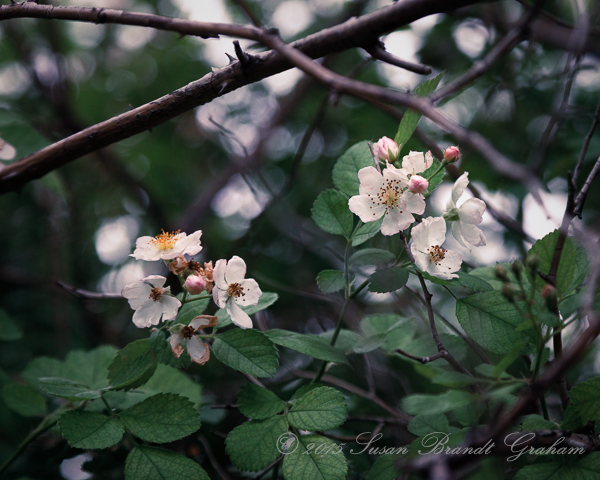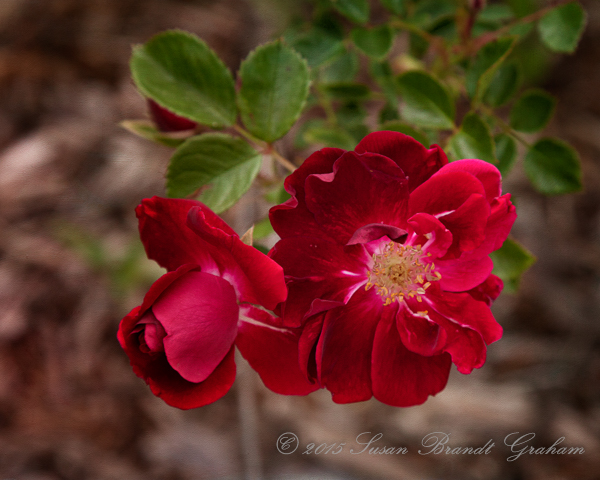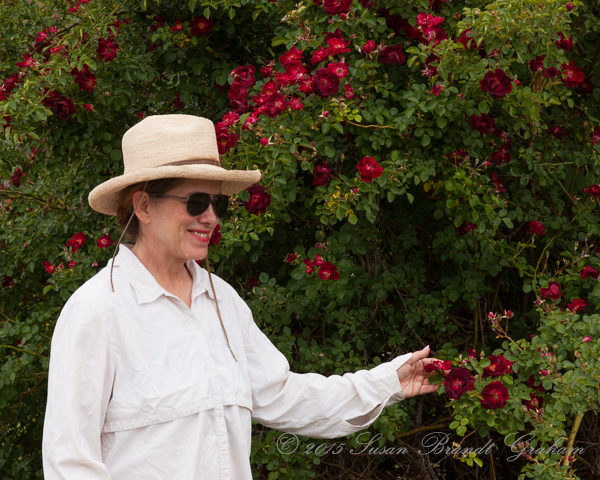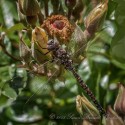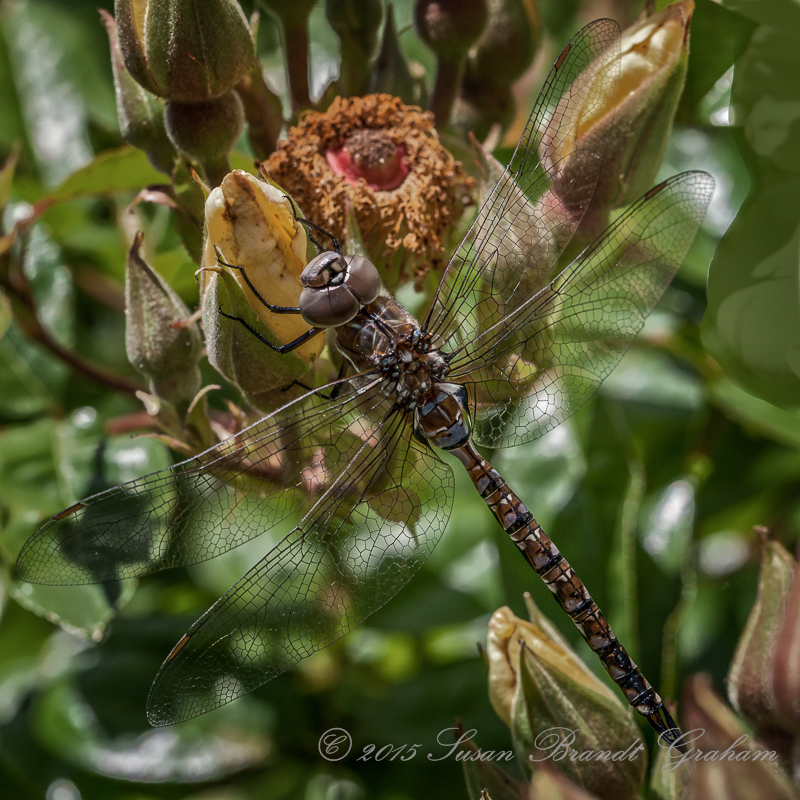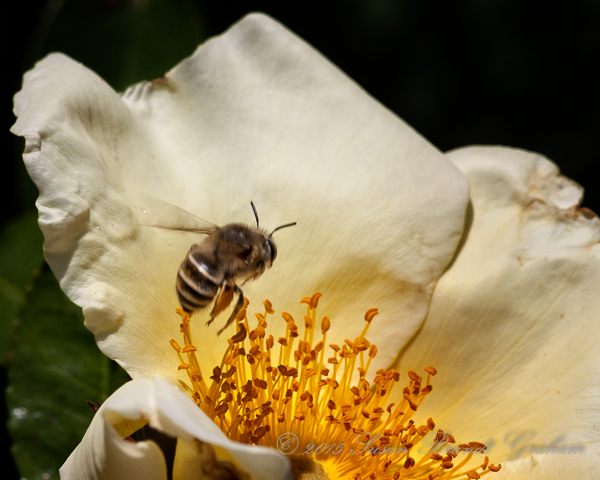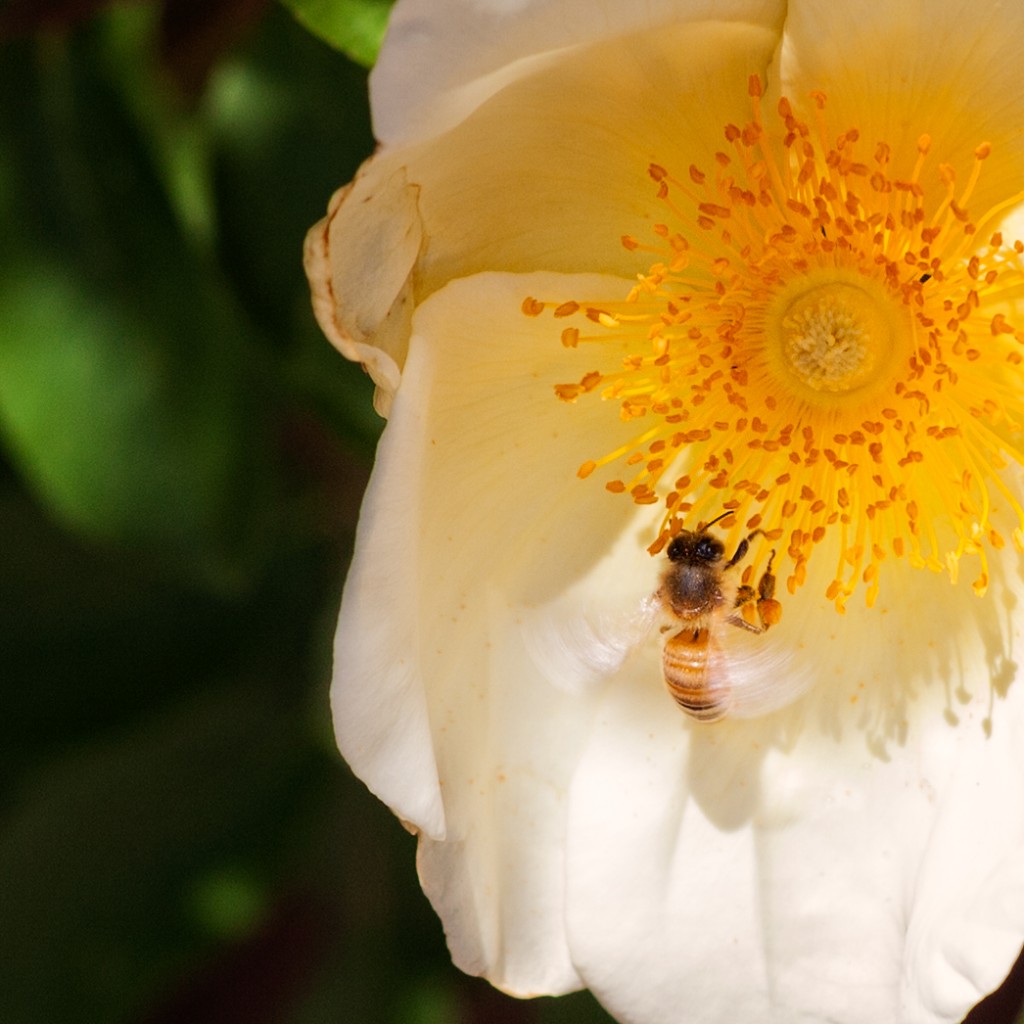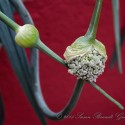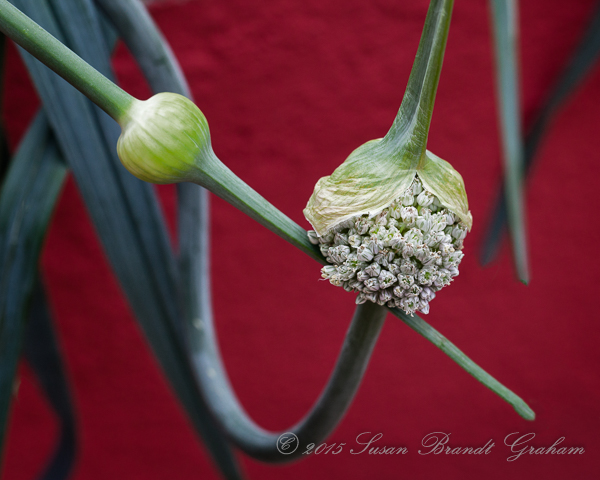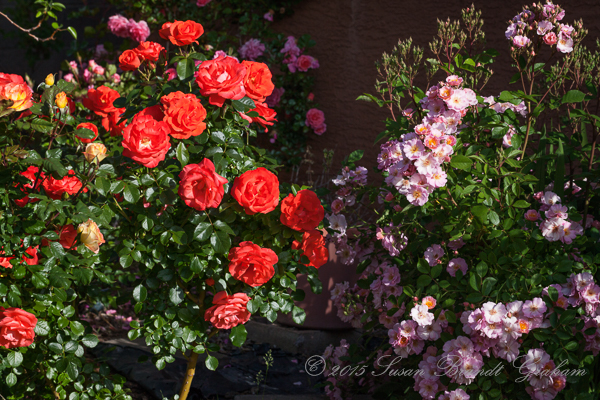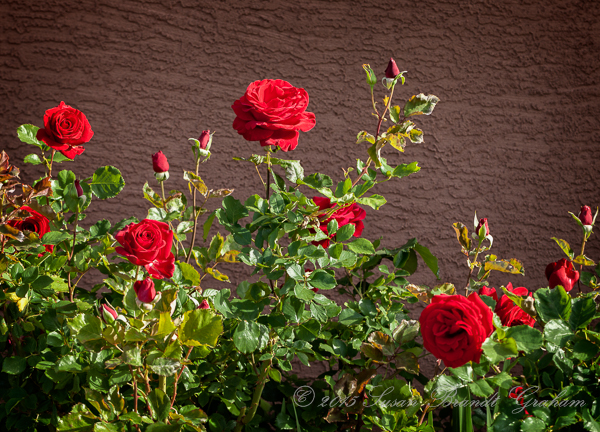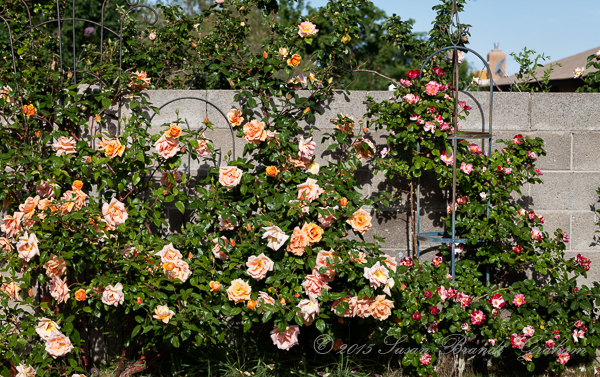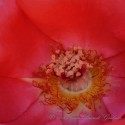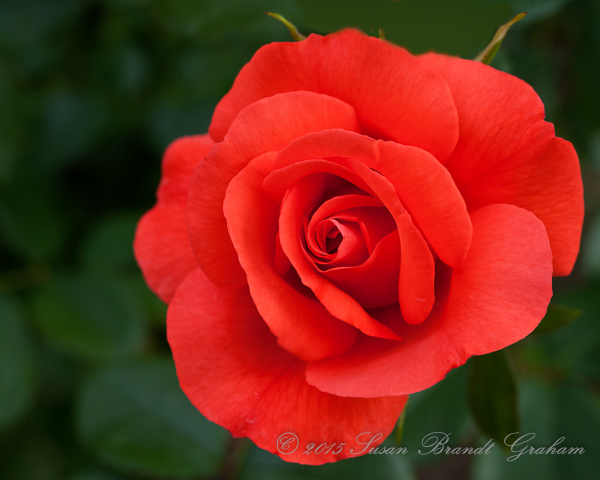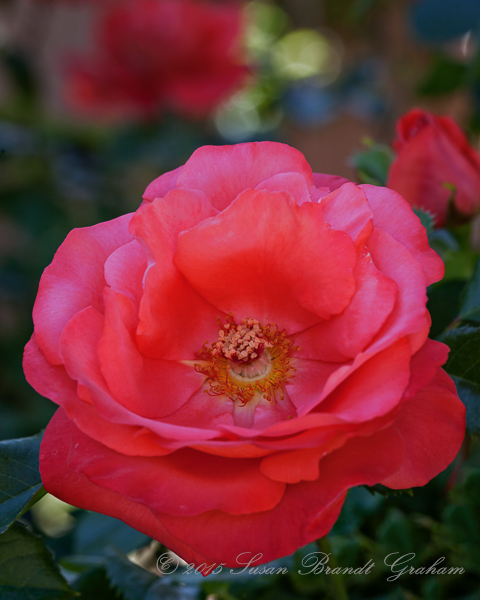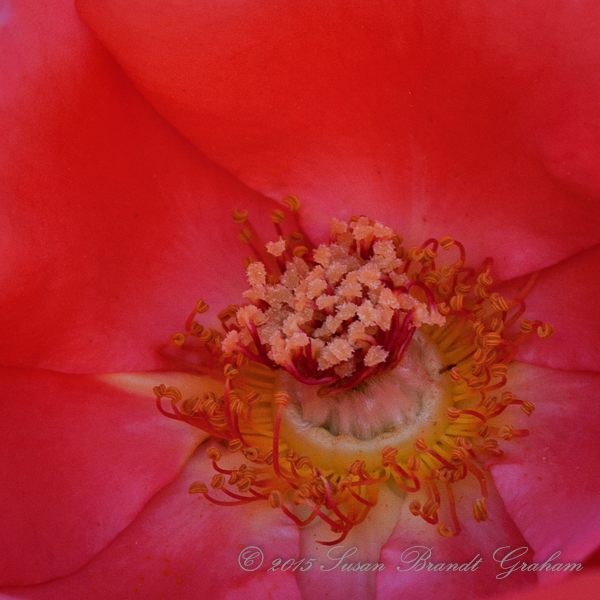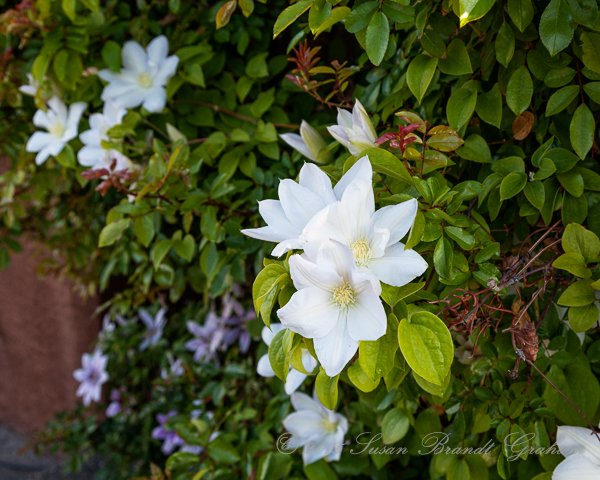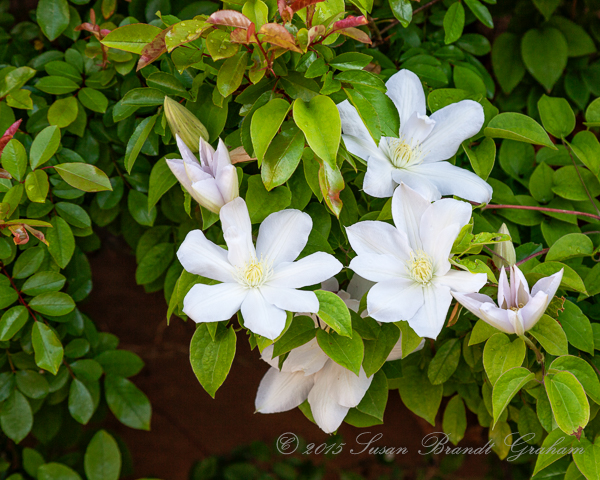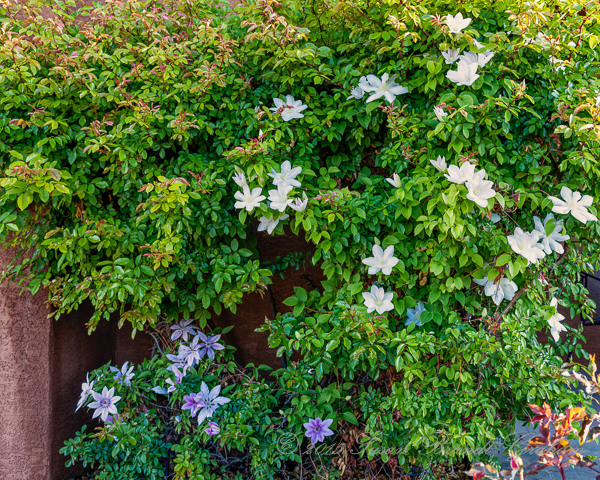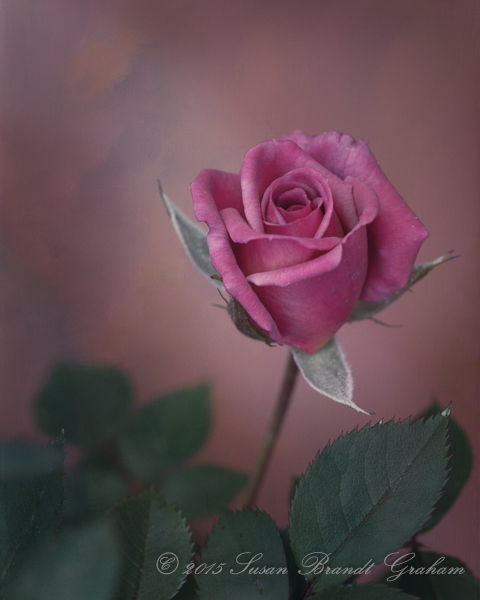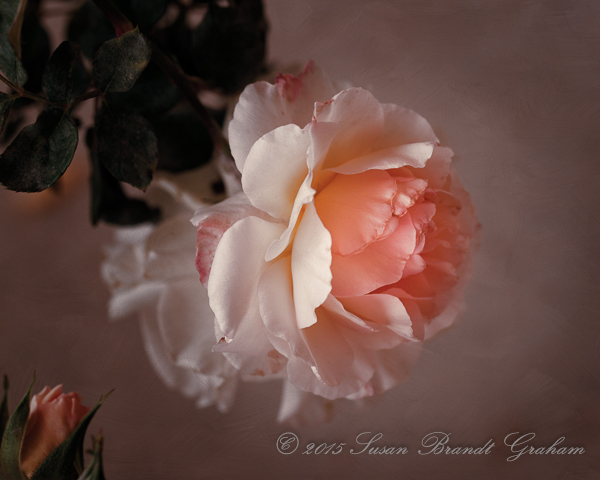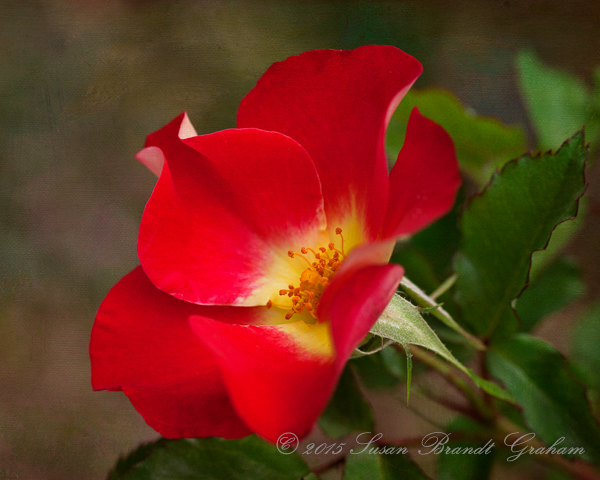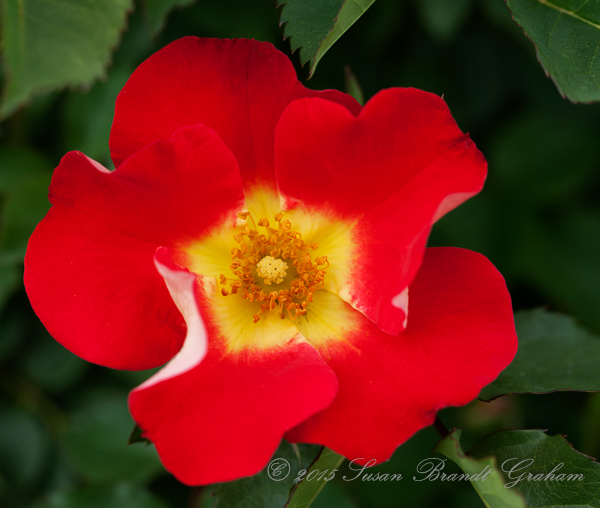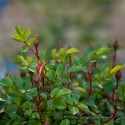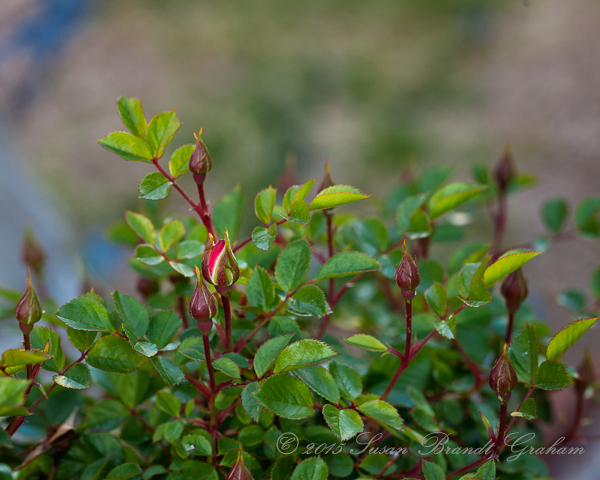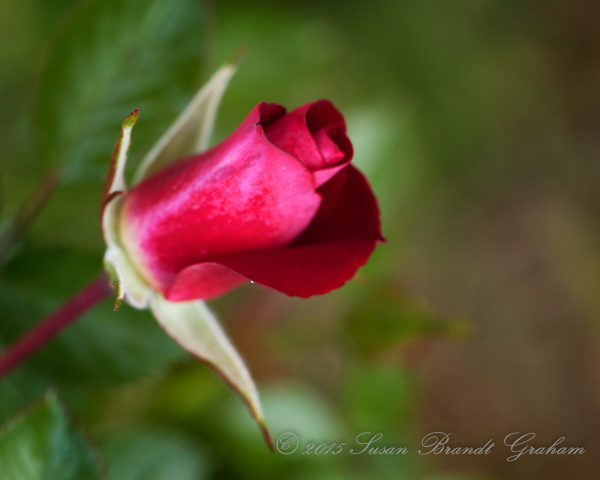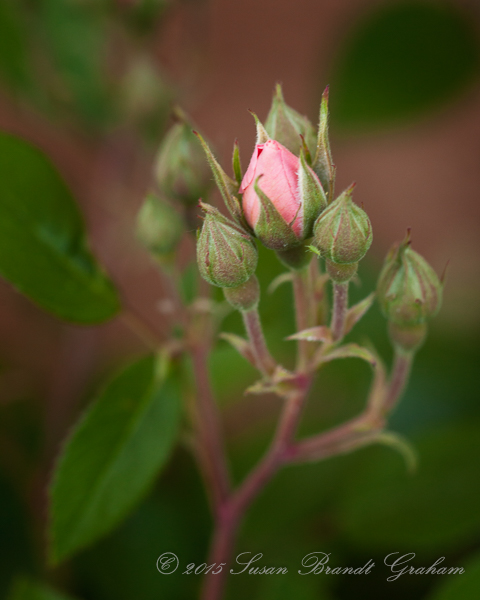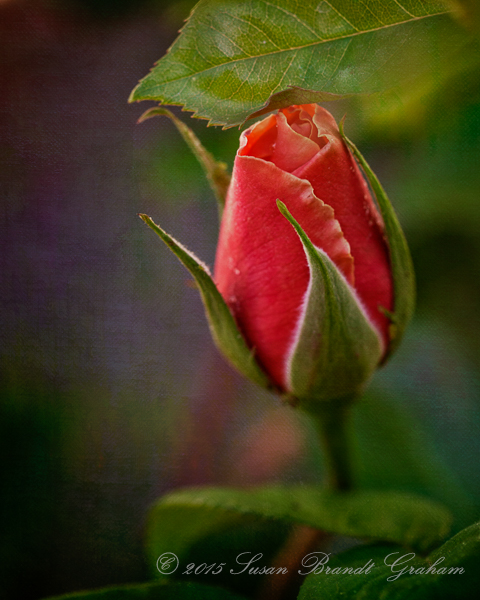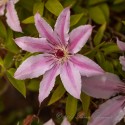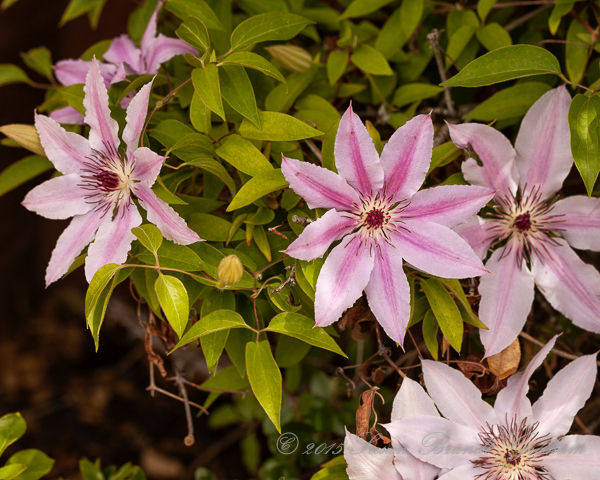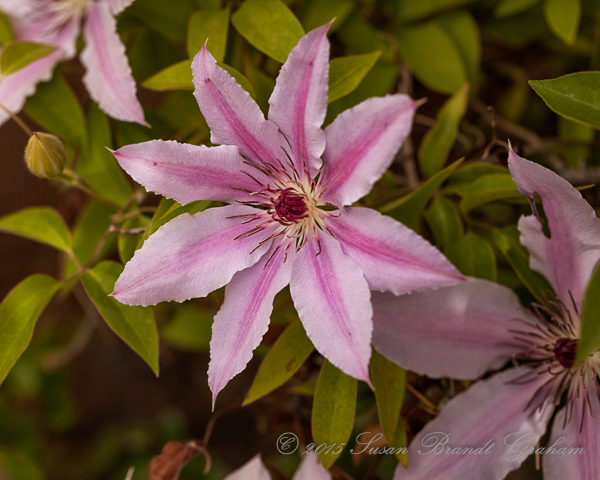Beautiful Small Yard
Beautiful Small Yard in Albuquerque
Beautiful small yard: Albuquerque is surrounded by Federal lands of one type or another on the north, east, and south. Yards within Albuquerque proper tend to be small, compared to other places I have lived. The weather beckons people out of doors most of the year. Attractive yards in which to spend time are desirable, but sometimes making a very small yard attractive takes some thought and planning.
Water was not always considered a problem in Albuquerque, although it certainly is now. Ideally, the native plants would have been left when homes were built. Instead, the land was bulldozed clear of the native plants in many parts of Albuquerque (as well as other places in the Desert Southwest). New homes are often being xeriscaped from the beginning.
This home was built in the late 1990’s. This yard has been featured in several posts on this blog. It has not only matured, but the owner has tried to decrease the use of water by removing some plants, while keeping the foundation plantings and then a few for color. A lot of work has gone into this yard, but the owner has certainly achieved a beautiful small yard.
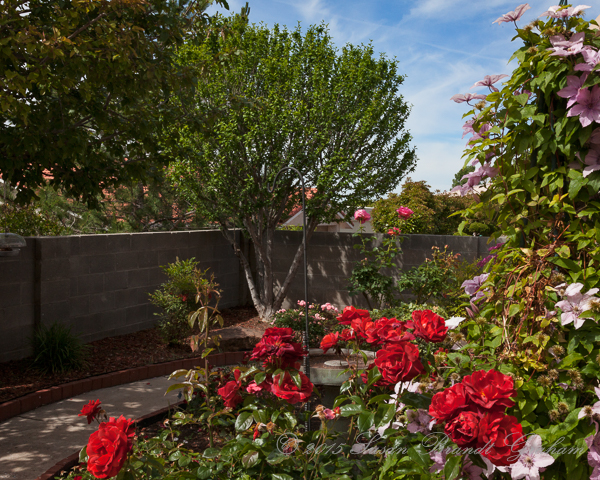
Beautiful small yard
The beautiful New Mexico sky is a constant feature here. Plants featured here,and these have been longstanding, are roses ‘Hot Cocoa,’ ‘Gentle Giant,’ and ‘Baby Grand;’ clematis trained on a pillar; two nandina bushes; and the Rose of Sharon, ‘Blushing Bride,’ trained into more of a tree shape than a shrub. This will bloom later in the summer. Although the yard is small, the plants give a lot of privacy here.
This is a beautiful small yard.


